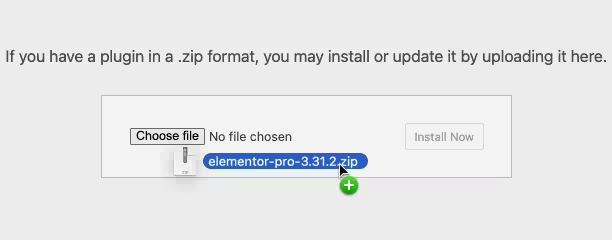Service Level Agreements (SLA)
Updated on: March 18, 2024
Version 1.1.2

Single Purchase
Buy this product once and own it forever.
Membership
Unlock everything on the site for one low price.
Product Overview
Service Level Agreements (SLA) are essential tools for establishing clear expectations between service providers and clients. This comprehensive template simplifies the process of creating tailored SLAs that suit your specific business needs. With easy-to-follow guidelines, you can effectively outline service standards, response times, and responsibilities, ensuring transparency and accountability. Plus, it enables both parties to understand their commitments, fostering a healthier working relationship. Whether you’re a freelancer or part of a larger organization, this SLA template is designed to enhance service delivery and satisfaction.
Key Features
- Customizable templates to fit various industries and services.
- Clear definitions of service expectations and performance metrics.
- Guidelines for response and resolution times to enhance accountability.
- Easy-to-understand language that simplifies complex terms.
- Sections for penalties and incentives to encourage service excellence.
- Compatible with various document formats for easy sharing.
- Built-in examples to guide you in crafting your own agreements.
- Regular updates to ensure compliance with industry standards.
Installation & Usage Guide
What You'll Need
- After downloading from our website, first unzip the file. Inside, you may find extra items like templates or documentation. Make sure to use the correct plugin/theme file when installing.
Unzip the Plugin File
Find the plugin's .zip file on your computer. Right-click and extract its contents to a new folder.

Upload the Plugin Folder
Navigate to the wp-content/plugins folder on your website's side. Then, drag and drop the unzipped plugin folder from your computer into this directory.

Activate the Plugin
Finally, log in to your WordPress dashboard. Go to the Plugins menu. You should see your new plugin listed. Click Activate to finish the installation.

PureGPL ensures you have all the tools and support you need for seamless installations and updates!
For any installation or technical-related queries, Please contact via Live Chat or Support Ticket.